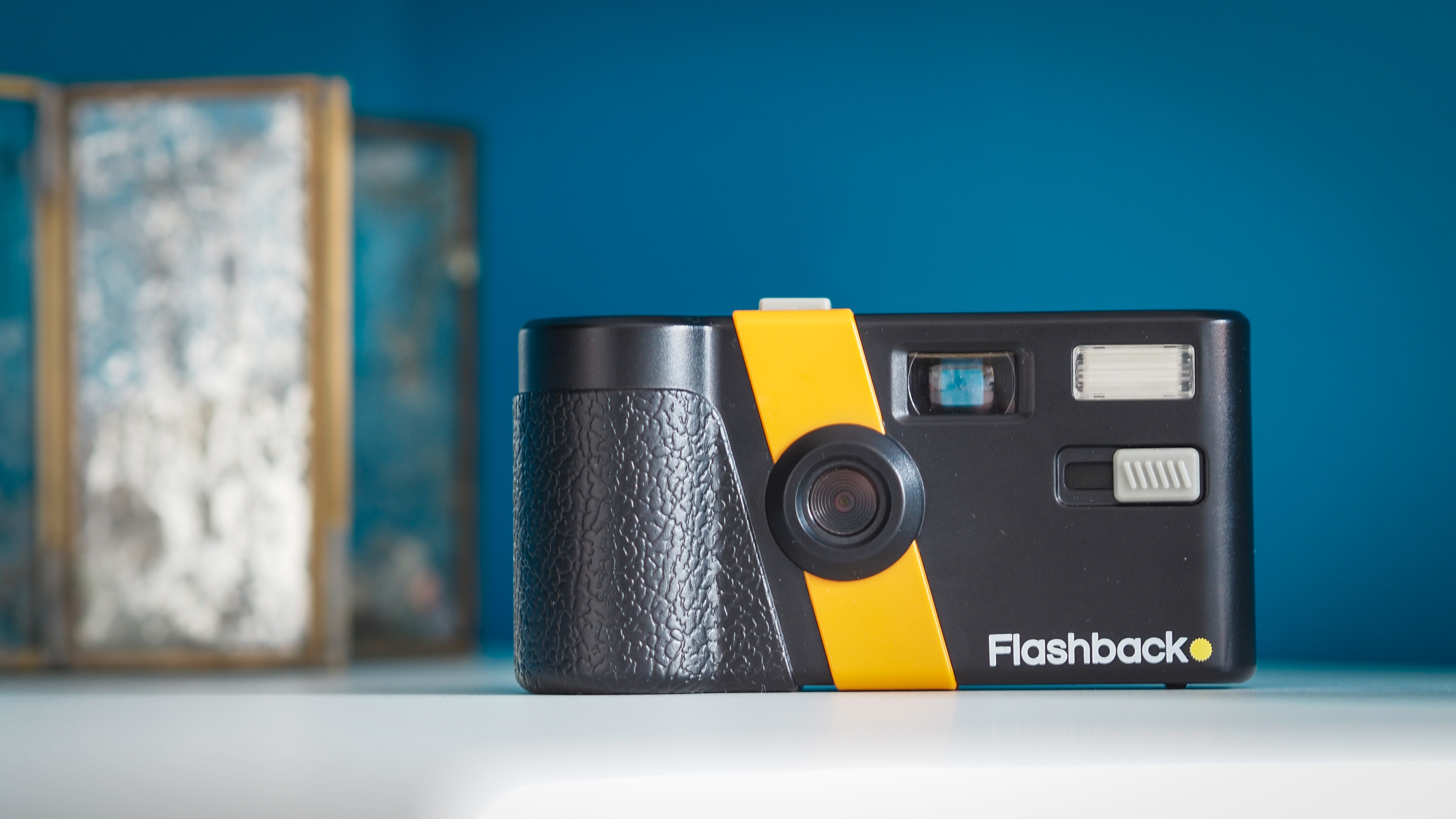
Everybody loves disposable film cameras. The tiny form factor, the ease of use, the look of film photos… but nobody wants to dump more plastic in landfills or deal with the hassle and expense of processing film.
Enter the Flashback One35, a disposable film camera that's actually reusable and digital – but it brilliantly simulates the film photography experience, right down to choosing a film stock, limiting you to 27 shots per roll, and having to wait for your photographs to develop.
And it's an absolute blast.
Download the slick Flashback app for your smartphone and pair it with your camera. Now you can load the Flashback One35 with three different kinds of film, then unload the film (which you can do even if you haven't taken 27 shots, so you can effectively change the film whenever you want) and send your images to be "processed" – which appear in the app 24 hours later, so you get the anticipation of waiting for your film to develop.
I've been shooting with the Flashback One35 for about a month, putting half a dozen rolls of digital film through it. Here's what you can expect…
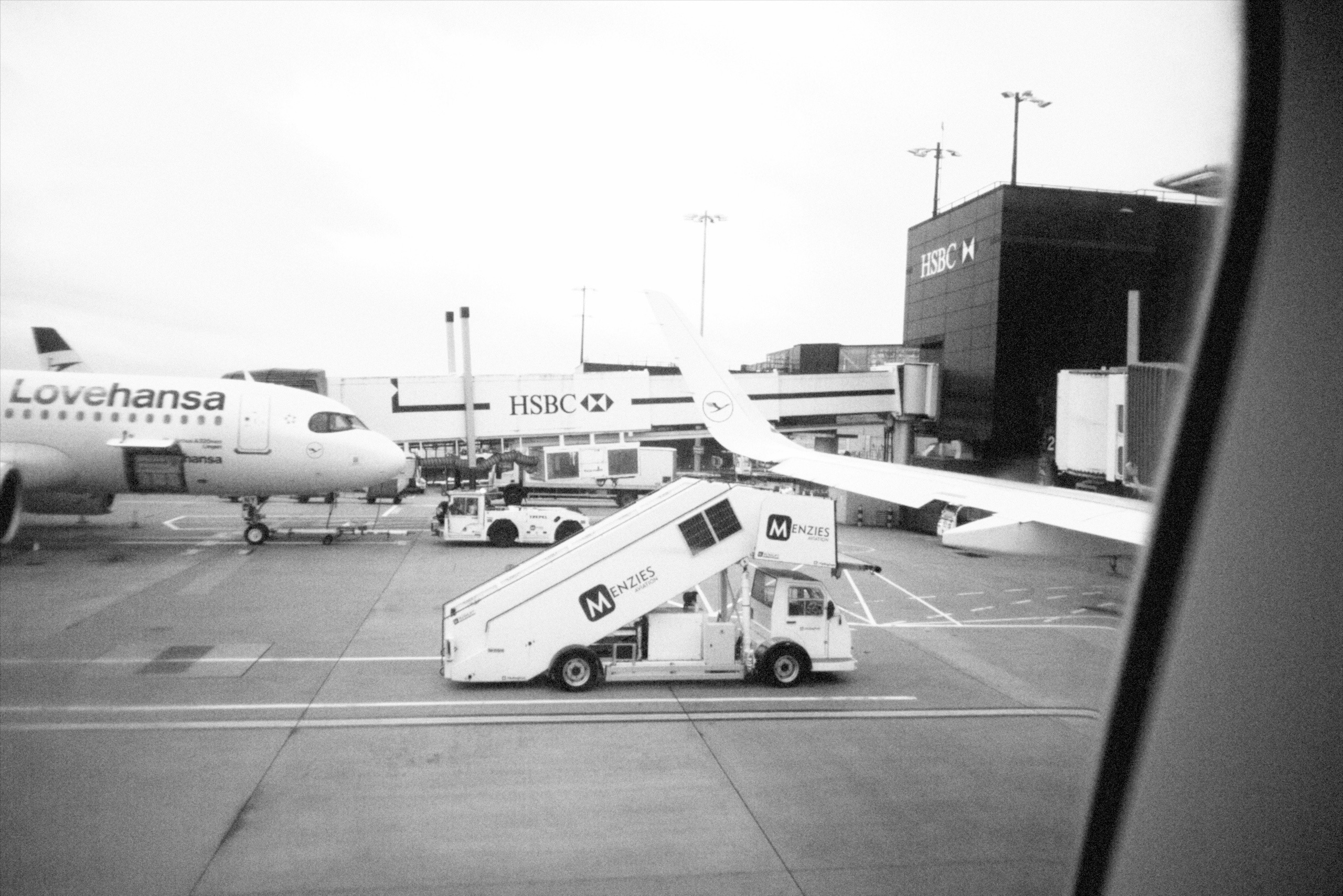
Flashback One35: Features
The Flashback features a chassis that is almost identical to that of a real disposable film camera, including in weight and dimension. Its plastic construction makes it incredibly lightweight, and it's so slim that it can easily slip into a pocket or a sliver of space in your camera bag.
The body itself is incredibly simple. In terms of controls there is a shutter button, a grey slider to turn the flash on or off (when it is on, a red LED illuminates on the back of the camera) and a grey film winder wheel that is exactly as clicky and tactile as that on an actual disposable – it is incredibly satisfying to use!
The only other features on the camera are a powerful xenon flash, just like you get on ordinary disposables, a small LED panel on the top that indicates how many shots you have remaining, and a USB-C port for charging.
Using the app you can load three different types of film: Flashback Classic, Flashback Mono and Flashback Beta, all of which give you 27 exposures – and herein lies one of my favorite things about the One35.

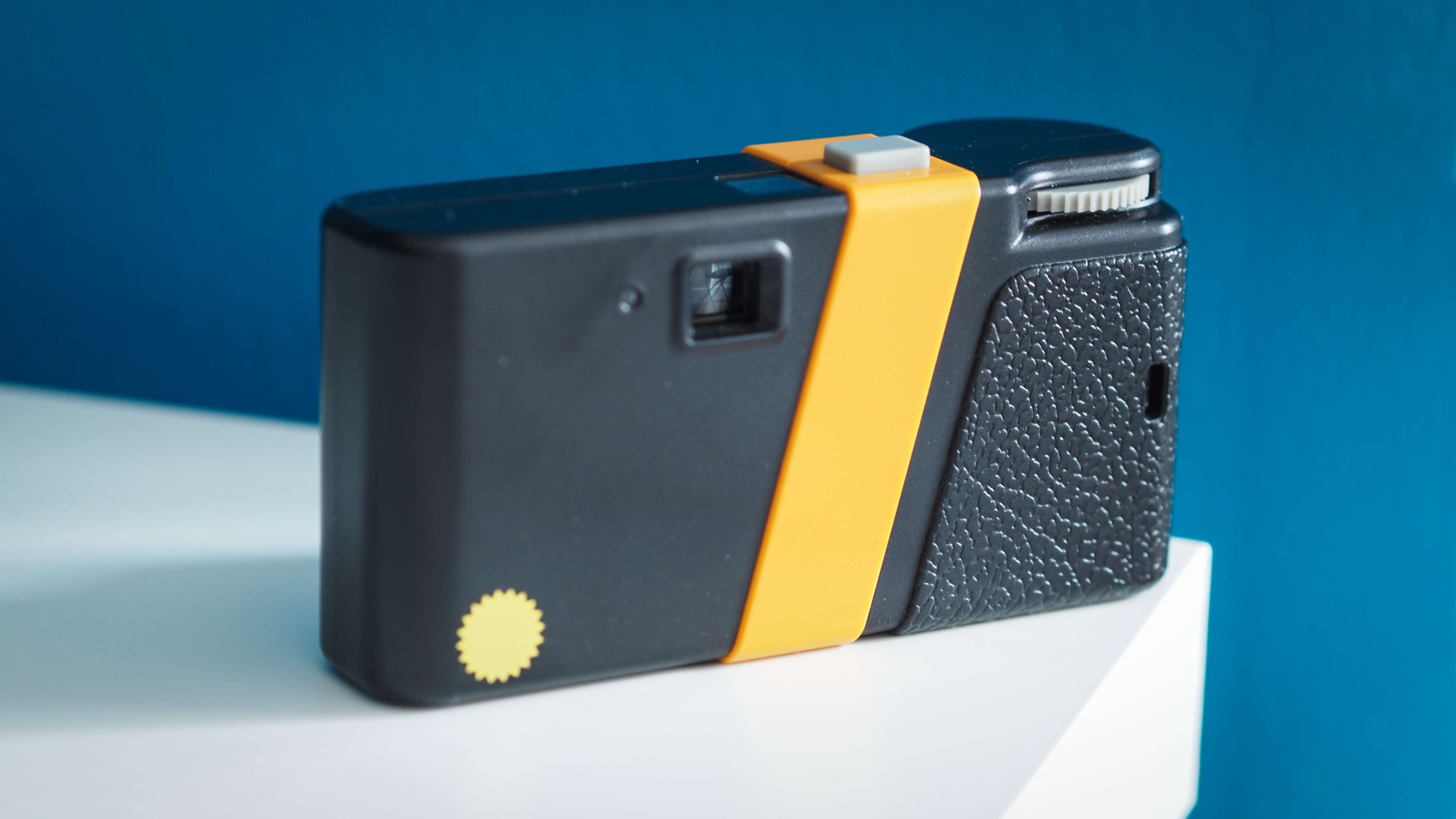
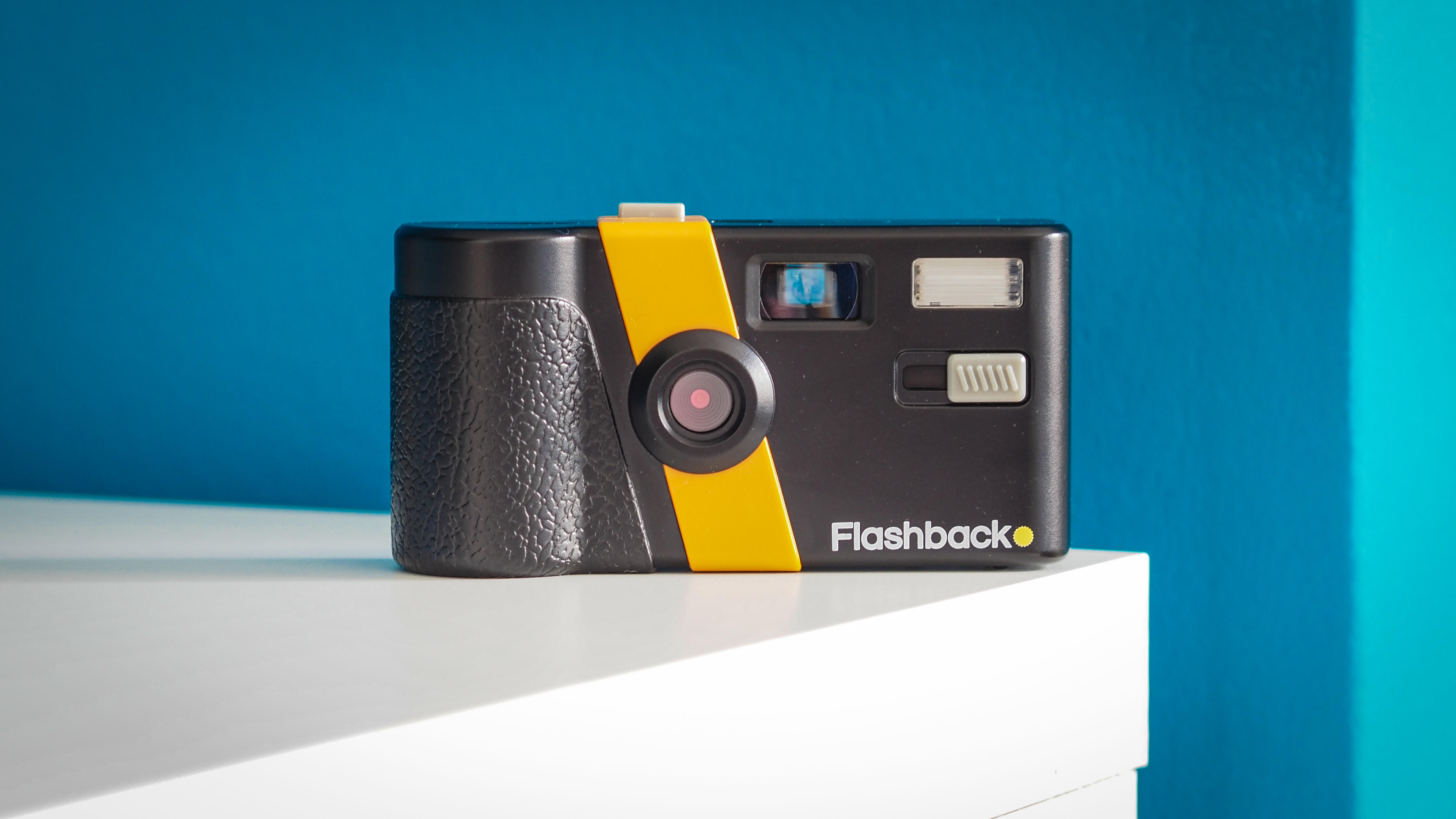
When you've got a real roll of film in a real film camera, you're locked in; you can't take that roll out until you've shot every last exposure, otherwise you're just throwing away money. But what if you've loaded black-and-white film, but you suddenly find yourself shooting a gloriously technicolor subject?
With Flashback, you can unload your roll of film to the app's Photo Lab at any point, even if you've only taken one or two shots – so even if you've picked mono film, you don't have to wait until all 27 exposures are spent.
Once your roll of film is on your phone, you then "send it off" to be developed – and in 24 hours your photos are "delivered". You can view them in individual albums in the app's Gallery, or share them to your camera roll to be used as you would any other images.
The app also enables you to perform other functions, such as checking your camera's battery, updating the firmware and setting the self-timer function. The camera itself is available in four colorways: yellow / black (reviewed), orange / black, red / white and teal / white.
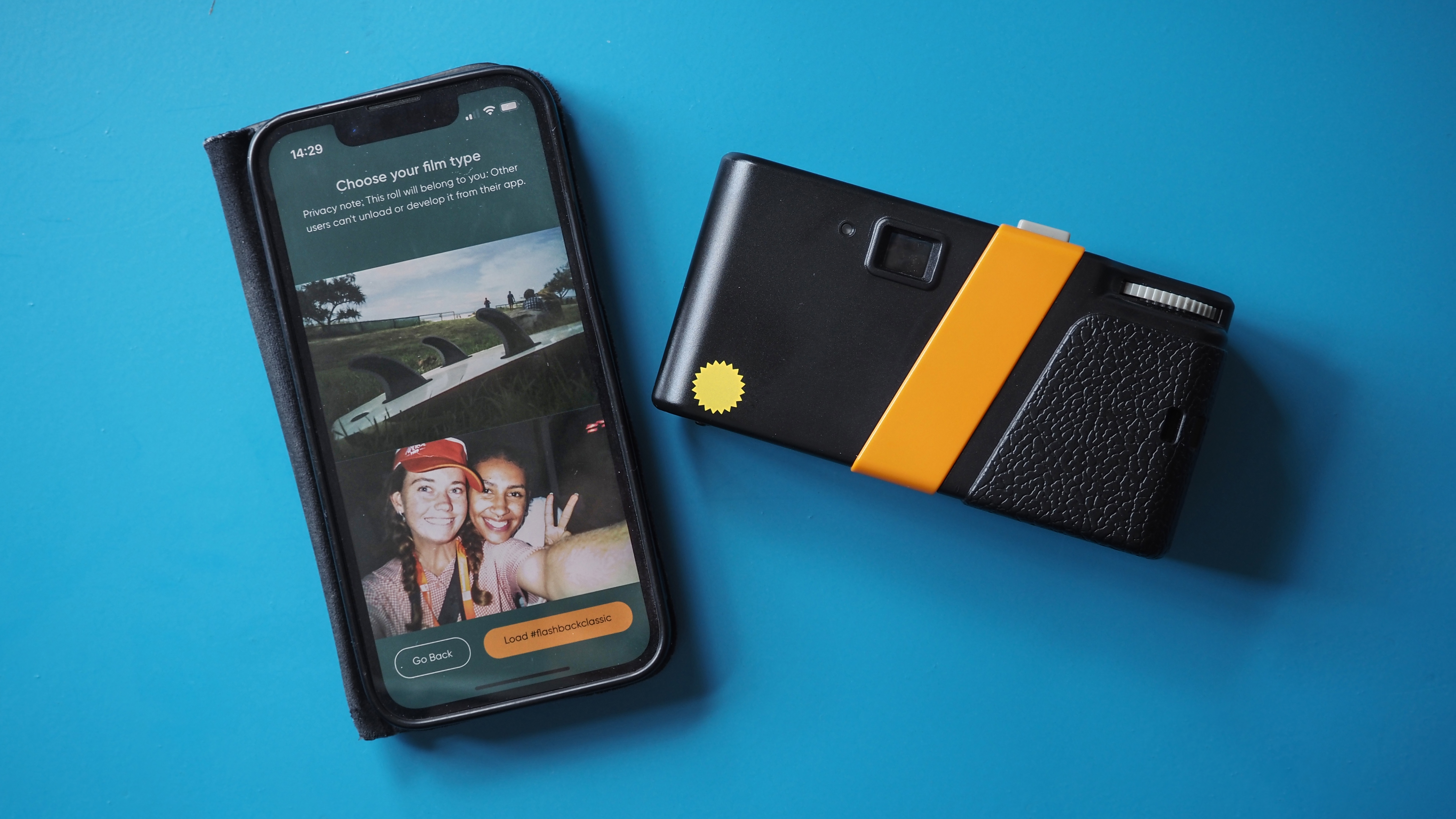
Flashback One35: Performance
Perhaps the most fascinating thing about this product is that using the Flashback One35 is the most fun and important part of the experience. After all, there is no screen to chimp photos – and since you don't see your shots until days or weeks later, that tactile process of photo-taking is front and center here.
That's a good thing, and is the entire point of the One35.
It apes the disposable camera experience perfectly; I cherished and pored over every shot, making sure I wasn't wasting a precious frame and being far more conscious of lighting and composition than I normally would be, as those are things that my brain and fingers do on autopilot when I shoot with a regular camera.
There is nothing quite like snapping a shot and then winding on that wonderfully clickety-clacky film winder. Or waiting for the little red light to illuminate, letting you know that the flash has warmed up and it ready to use. It's a magical feeling that takes me right back to childhood, using disposable cameras for the first time.
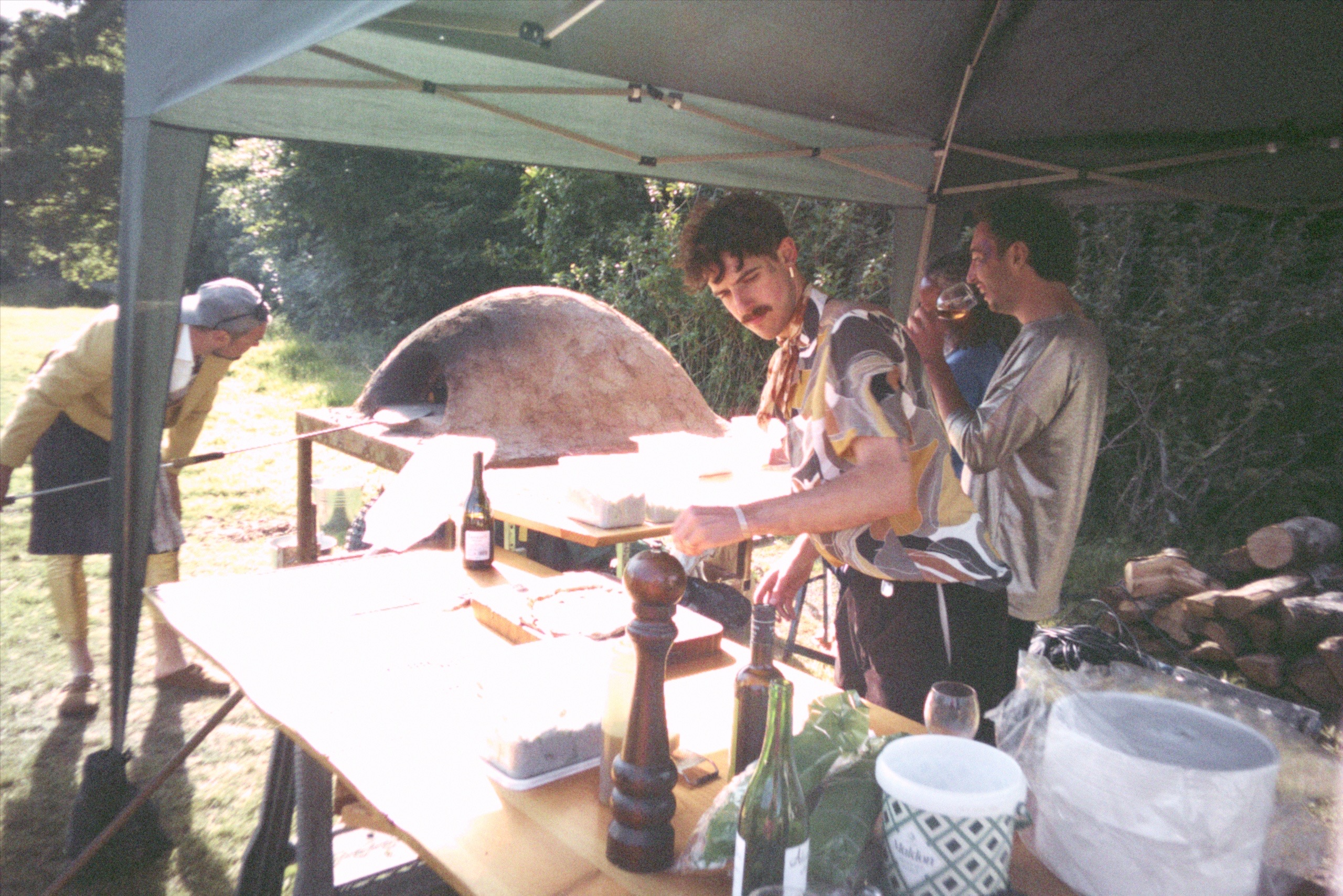
As, of course, does waiting for the photos to "develop". Yes, I know it's all completely artificial; there's no practical purposes in winding a film winder for a second and a half when there is no film in this camera, and there's no actual reason to wait 24 hours before seeing your photos when they are digital and can be processed instantly.
But again – that's a good thing, and the entire point of the One35.
The whole experience cultivates a sense of patience, and anticipation, and care, and wonder – and, when you finally see your shots, a genuine sense of appreciation for them. Even though they're every bit as chaotic and unpredictable and hit-and-miss as you remember point-and-shoot film cameras to be.
Remember that this is a fixed plastic lens, with an overpowered xenon flash, and completely automatic settings; aside from turning the flash on and off, you have no control over the exposure whatsoever, so you will simply have to learn how this camera behaves. Again, it's tactile and flawed and distinctly non-immediate – the complete opposite of shooting on a phone or regular camera.
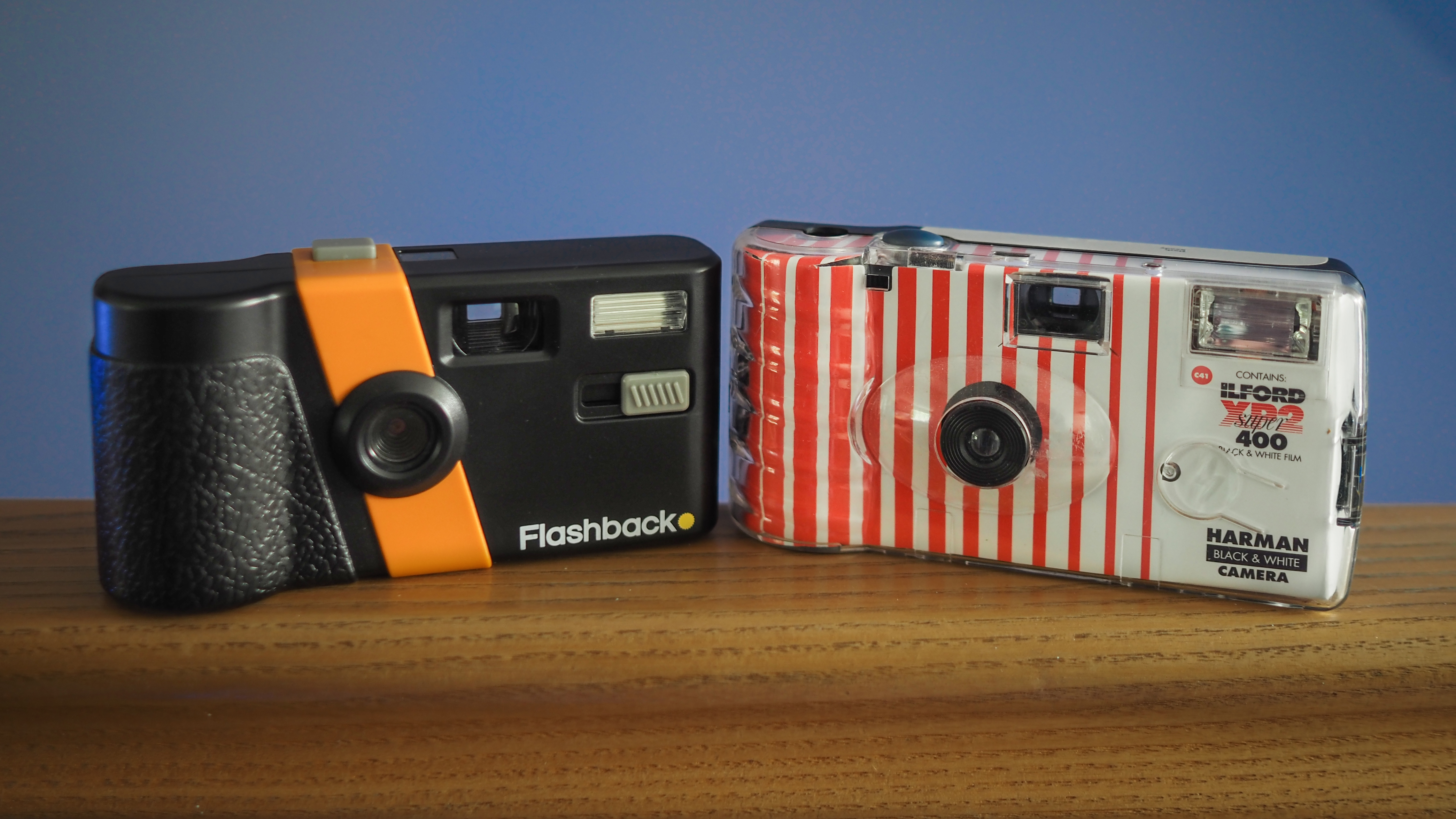
As you'll see from the images I've taken, the photographs really are film-like. Not just in the colors and tones (which you can achieve by post-processing an image taken on any camera), but in the physical and technical properties that actually make these images look the way they do: the aforementioned plastic lens and overpowered flash.
My personal favorite film is Flashback Mono, which gives that gloriously crunchy black-and-white quality that people often associate with analog photography. Flashback Classic is the most natural-looking film, and the one that achieves the most typical disposable camera results with its more golden tones. Flashback Beta is my preferred color film, though, with its magenta hues and more vintage feel.
So, onto some of that chaos and unpredictability. First the viewfinder, which gives you a much tighter field of view than the lens actually sees.
In the image below, on the left I used a mirrorless camera to match the view through the finder (which was about 21mm); as you can see on the right, the One35 captures much more of the scene. the main issue was that my fingers or knuckles occasionally crept into frame, as the grip is quite close to the lens and I had no idea they were poking into my shot. On the plus side, the wide-angle view is good for selfies!
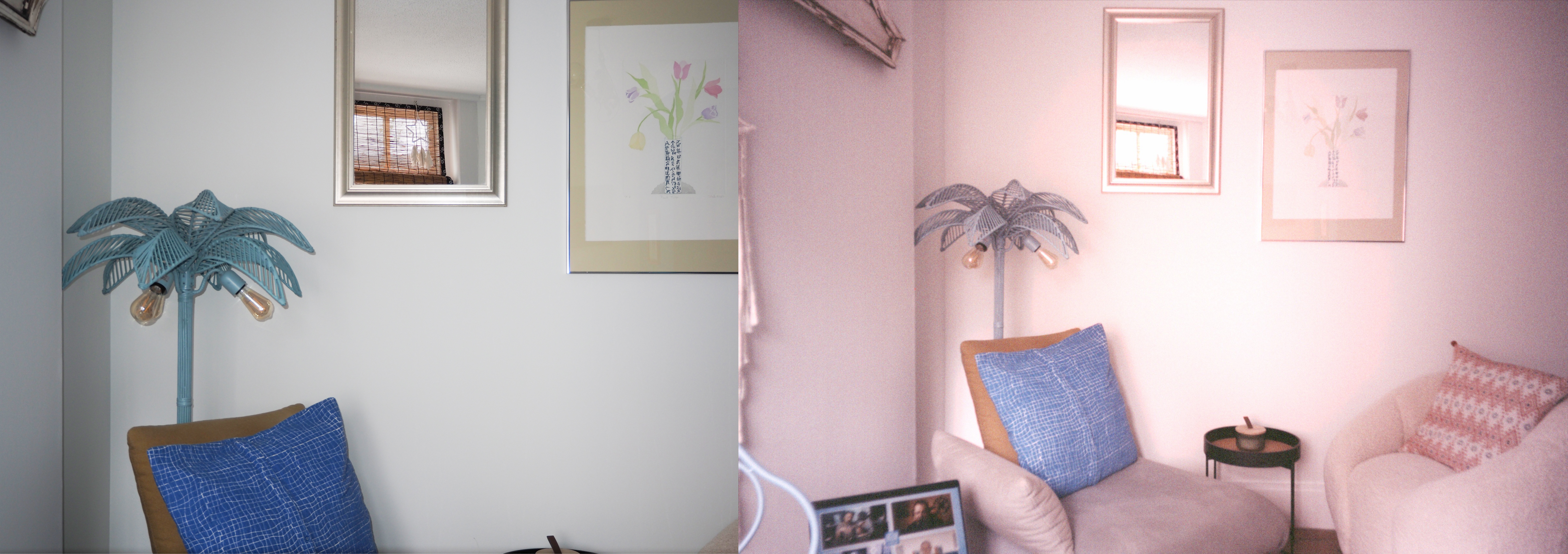
Then there's the flash, which is obscenely overpowered in some situations and just right in others. I've basically learned that, in most cases, if there's daylight then you don't need flash at all; but if you're indoors and the daylight is anything less than blazing bright, you should turn the flash on.
The only other quibble I have is with the app, which always communicates with my camera for day-to-day tasks like checking the battery but occasionally struggles establishing a network connection to transfer my images.
A few times I've been desperately trying to unload a roll of spent film, so that I could load more film before going out, and the app has taken four or five attempts to connect and move all my shots across. More often than not, though, it's absolutely fine, and unloading film doesn't take super long (loading film is near instantaneous).
I guess the issue here is that, with images apparently being offloaded to Flashback's own servers to be processed (rather than doing it in-camera), there is a risk that one day those servers won't be there any more. And the security conscious among you might not like the idea of anyone else having your images.
In terms of battery life, after a full recharge I've put about six rolls of film through it and it's still got charge!

Flashback One35: Samples
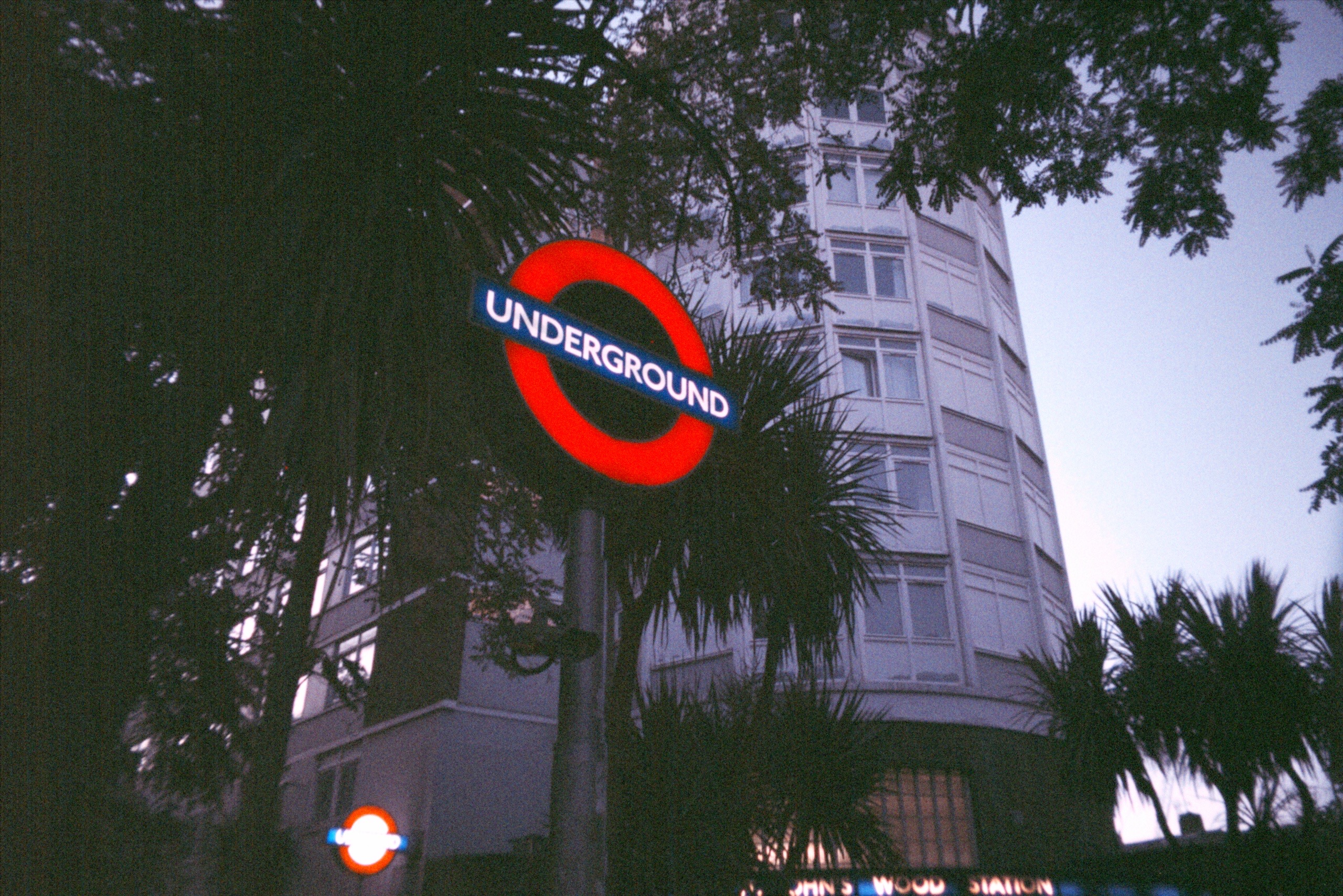
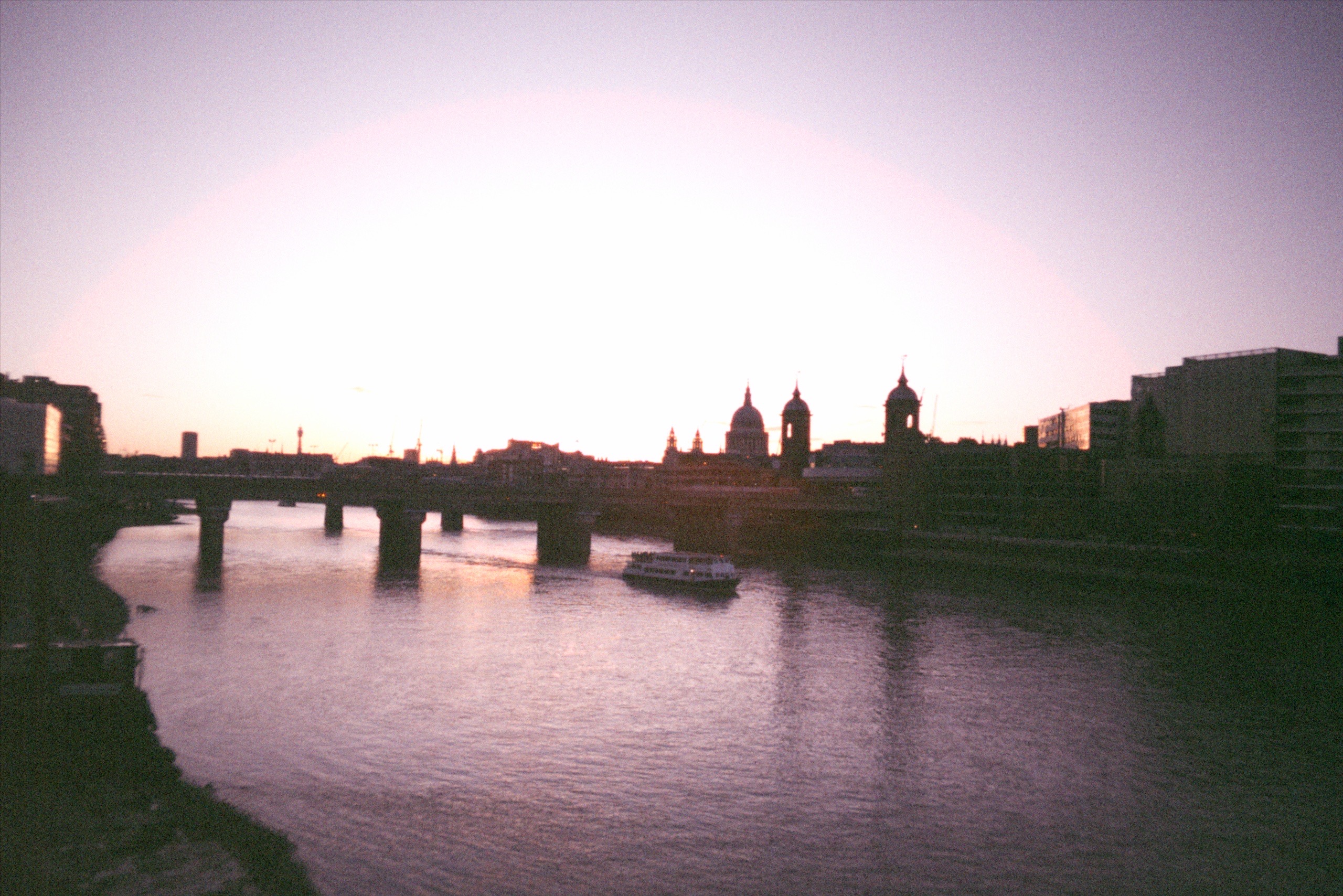
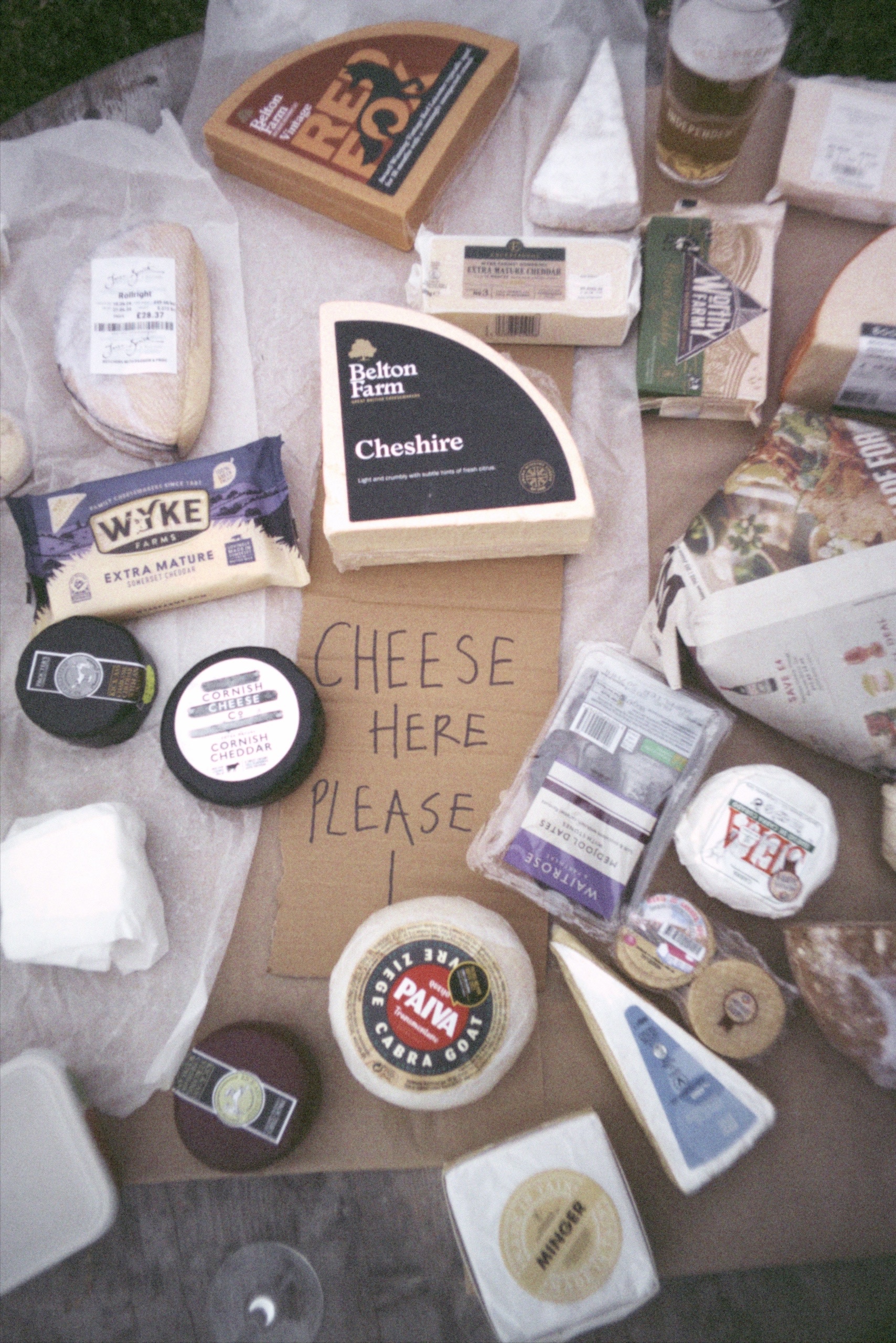

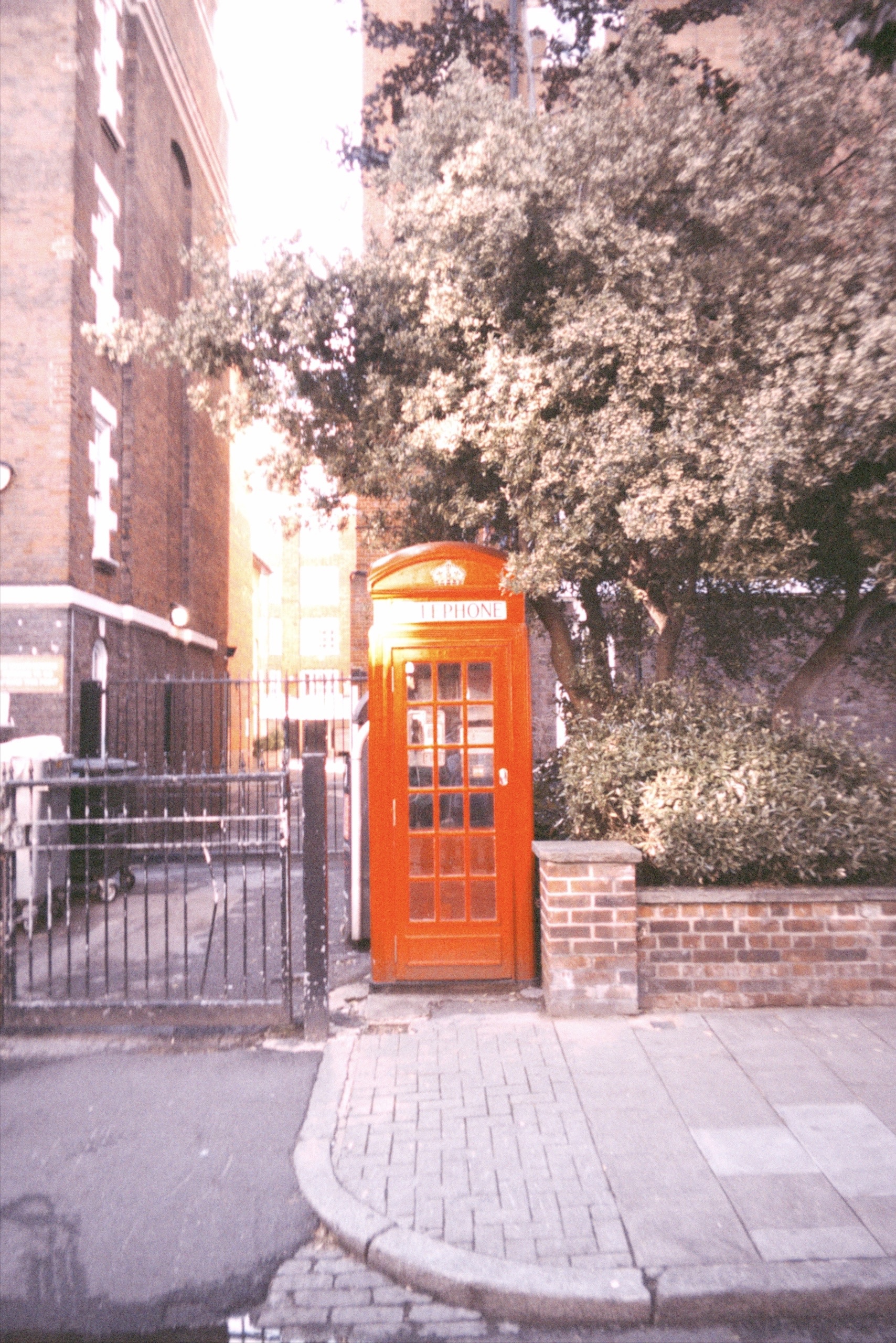
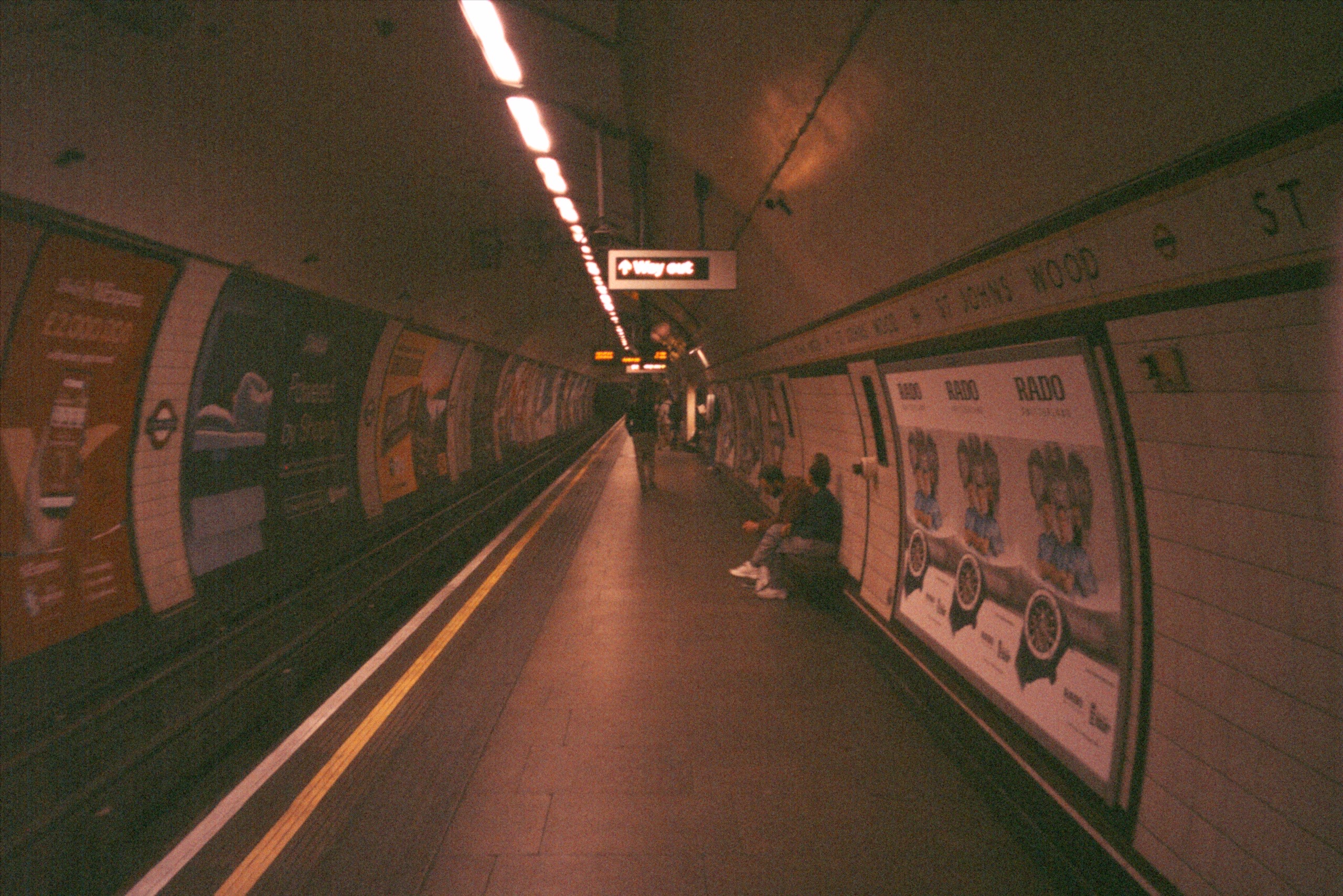


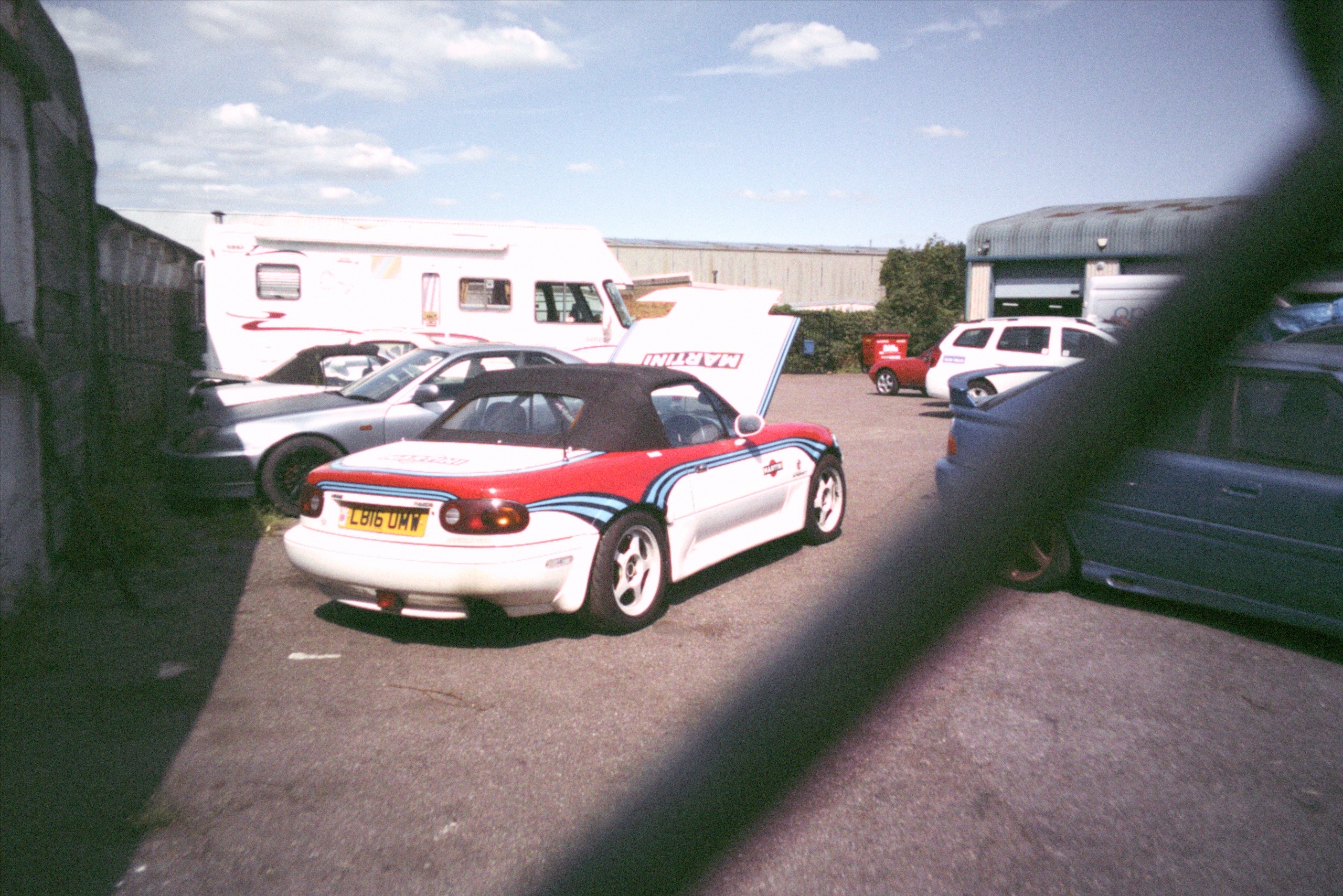
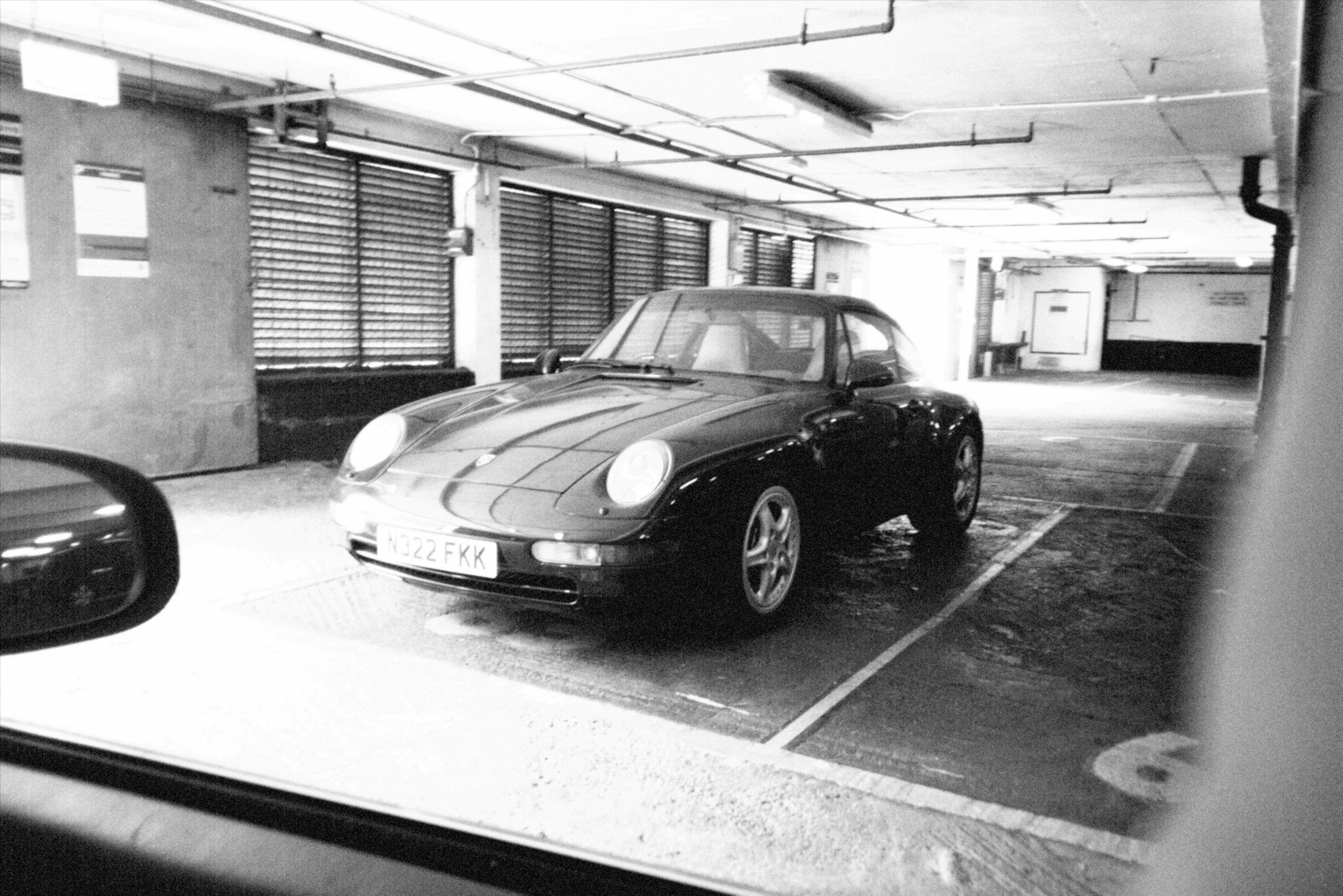
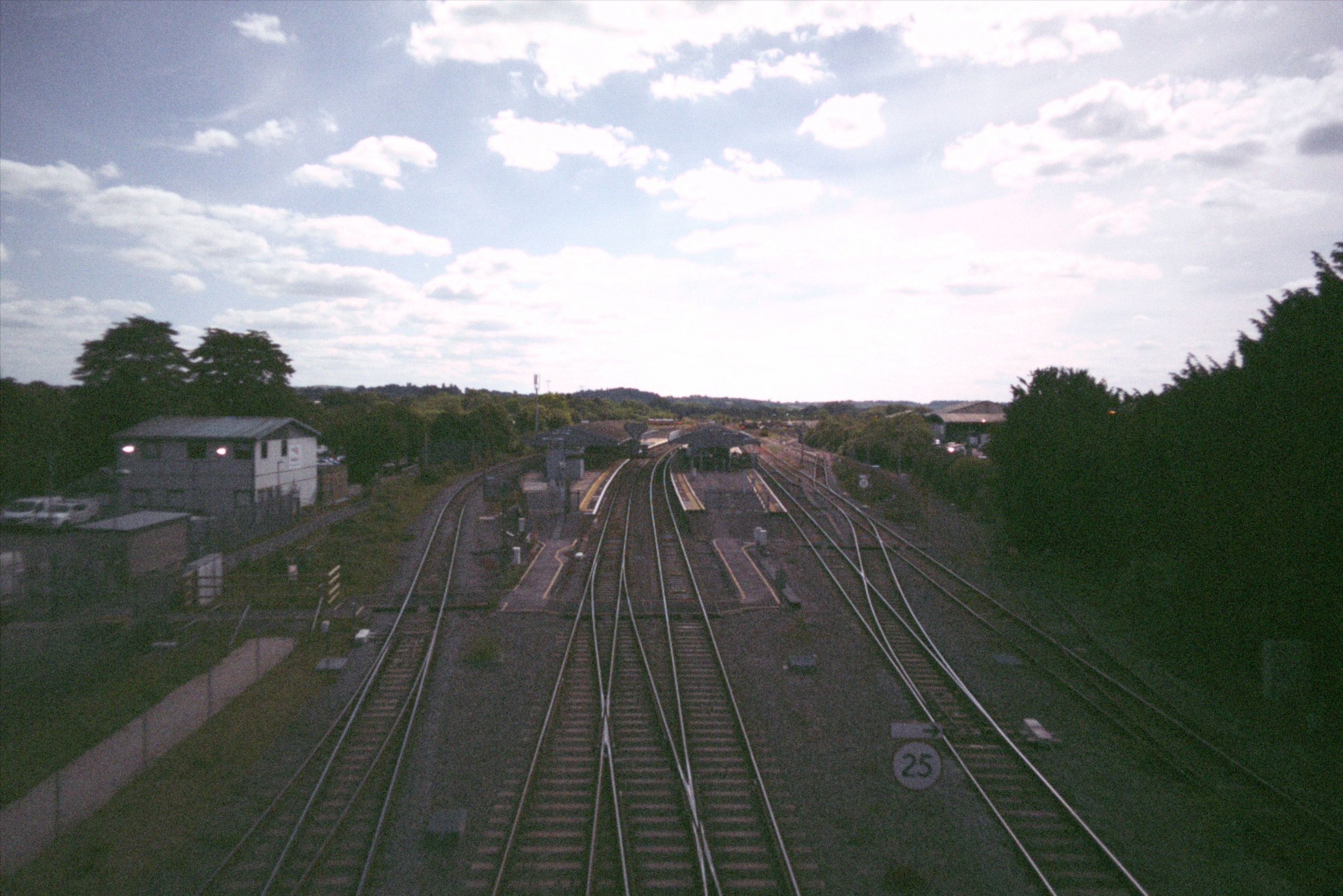
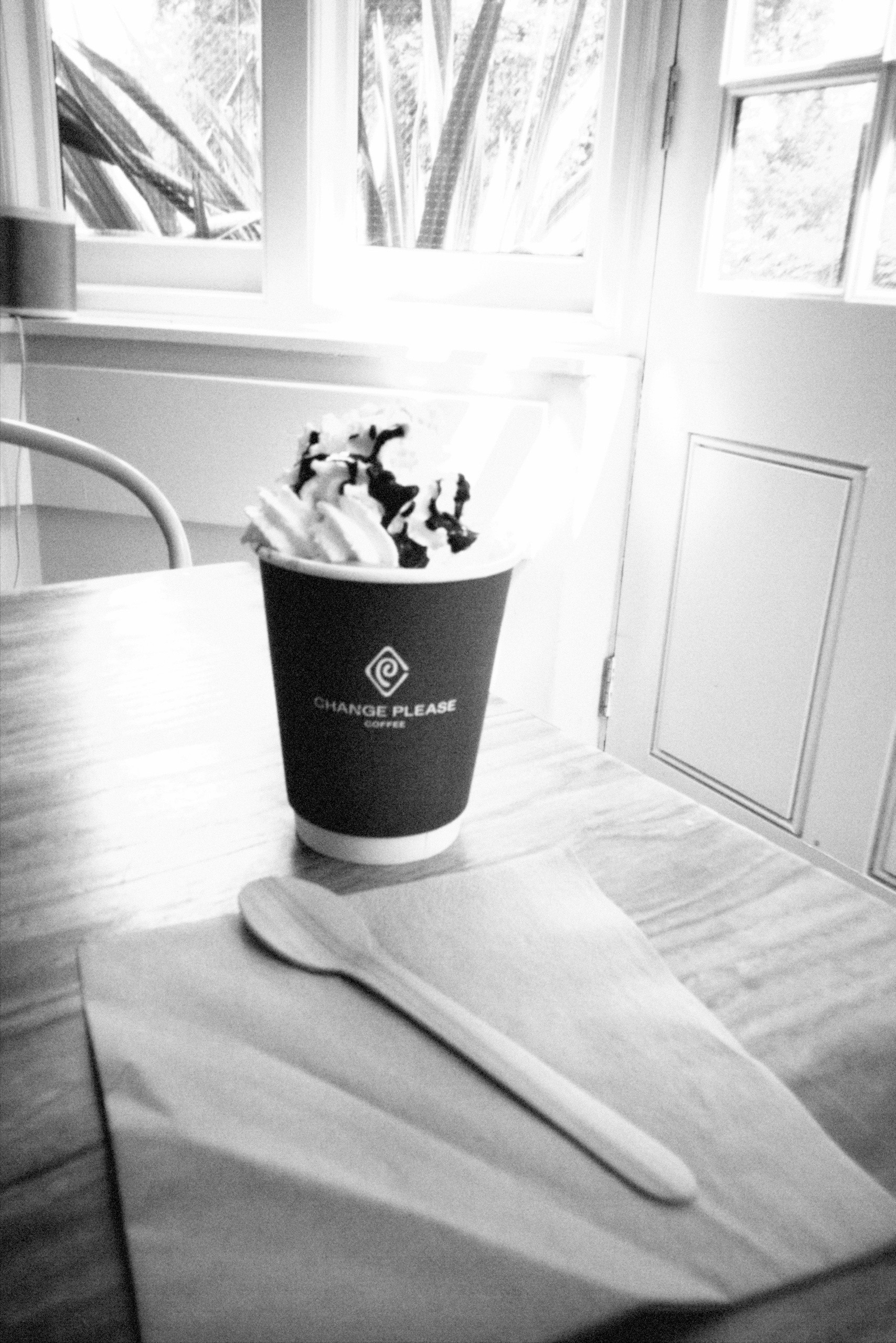
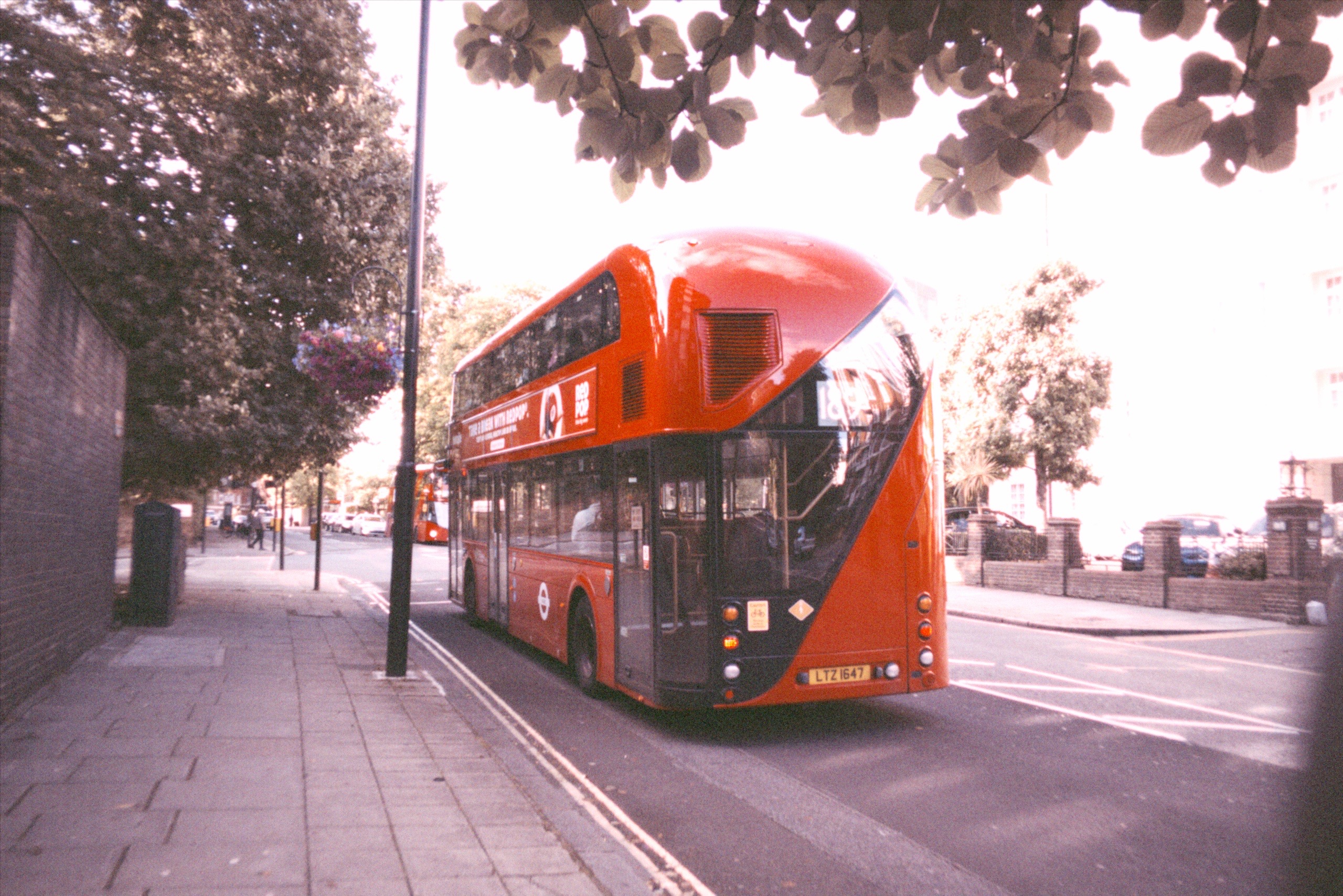
Flashback One35: Verdict
In a world where photography is oversaturated with bleeding-edge mirrorless cameras, where the technology is more important than the pictures, and soulless smartphone snapping that is so immediate there is no appreciation for photos any more, the Flashback One35 is a breath of fresh air.
It's not an everyday camera for snapping pointless pictures of your dinner or vainglorious gym selfies. And it's not an Instagram camera for throwing up photos the same day you've shot them (though, ironically, its straight-out-of-camera photos are more grid-worthy than any overfiltered nonsense you might take on your phone).
What this is is a memory camera. Something to take on vacation with you. Something to pass around at a wedding or gathering. Something that lives in harmony with your phone or mirrorless camera, in the same way that an instant camera does – not to replace the "proper" shots you take, but to complement them. To give you one-off shots that are perfectly flawed and packed with character – to sit alongside those "take a bunch and pick the best one" shots that are perfectly posed and packed with predictability
Having just reviewed the Canon EOS R5 Mark II and Canon EOS R1, cameras that are clinical and precise and technical, I was absolutely overjoyed to go back to the Flashback One35 – a camera that puts a bit of heart and soul back into photography. This is the most fun camera I've used all year.
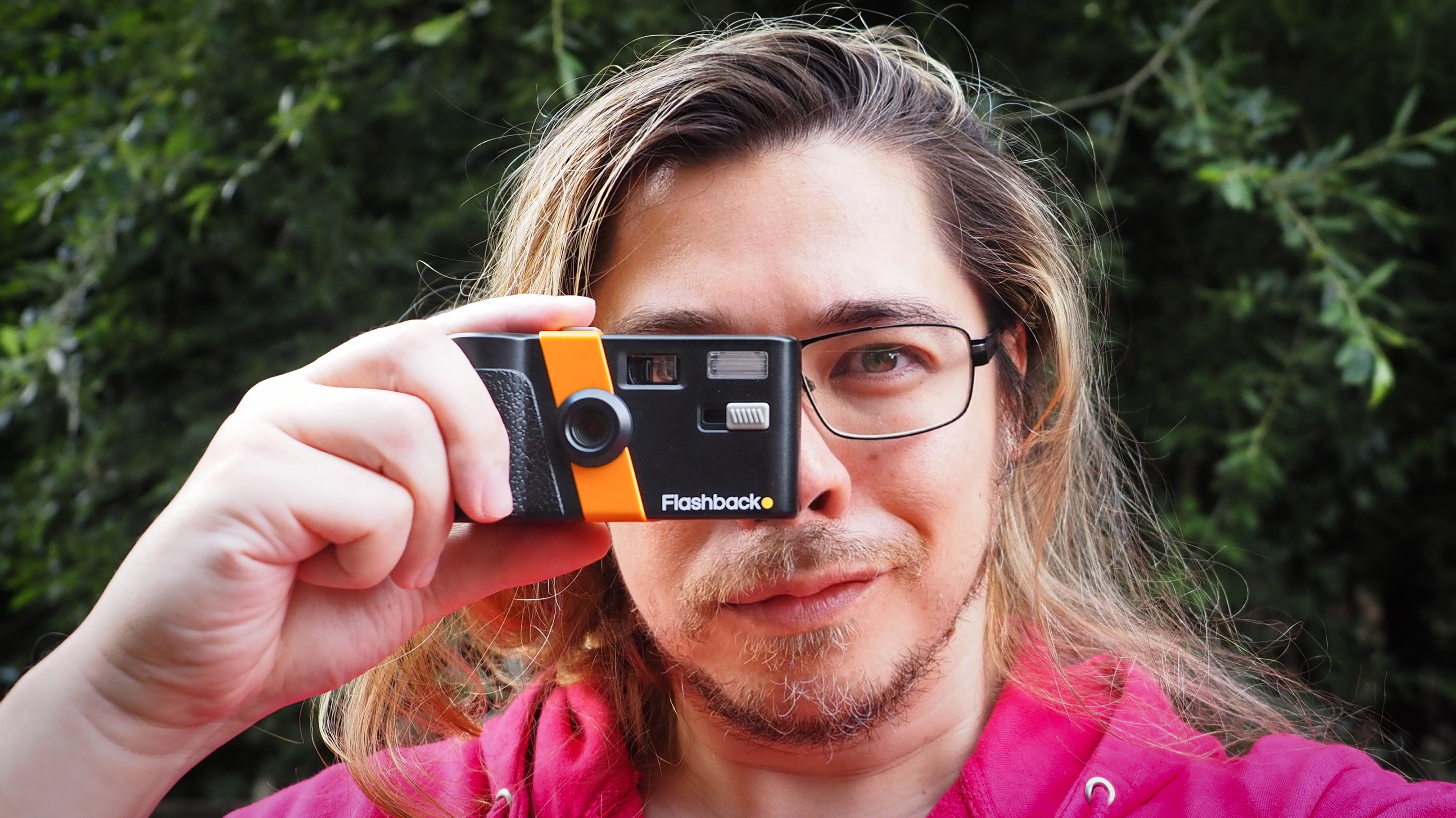
You might also be interested in the best film cameras, along with the best point and shoot cameras. And if you love the vintage aesthetic, take a look at the best retro cameras.







